


BRIGHT APP MONTANA 211 - Click Here
According to the National Harm Reduction Coalition, Harm Reduction is rooted and found inspiration from multiple movements and strategies emerging across the United States in the 1960s, 1970s, and 1980s.
Harm reduction is a set of practical strategies and ideas aimed at reducing negative consequences associated with drug use. Harm Reduction is also a movement for social justice built on a belief in, and respect for, the rights of people who use drugs.
As the benefits of harm reduction have spread across time and space, becoming more accepted, leaders and public health entities have seen the benefits. According to the CDC, "Harm reduction is a public health approach that focuses on mitigating the harmful consequences of drug use, including transmission of infectious disease and prevention of overdose, through provision of care that is intended to be free of stigma and centered on the needs of people who use drugs. Harm reduction programs are often managed by community or peer-led organizations, or health departments. Harm reduction activities can include provision of sterile syringes, naloxone distribution, fentanyl testing, overdose prevention and education, including safer drug use education, and other activities that can lessen the risk of adverse outcomes associated with using drugs."
Harm reduction incorporates a spectrum of strategies that includes safer use, managed use, abstinence, meeting people who use drugs “where they’re at,” and addressing conditions of use along with the use itself. Because harm reduction demands that interventions and policies designed to serve people who use drugs reflect specific individual and community needs, there is no universal definition of or formula for implementing harm reduction. There are eight principles that the National Harm Reduction Coalition considers central to harm reduction practice.
Research shows that involuntary [forced] addiction treatment is not effective and can increase the risk of overdose. Harm reduction is so valuable because it empowers people with substance use disorders to make their own decisions about their lives and health, which in turn increases rates of treatment initiation and long-term success in recovery.
Harm reduction programs are consistently associated with lower rates of infection and overdose, as well as higher rates of successful referrals to treatment. Research shows that harm reduction programs keep drug use and paraphernalia off the streets. They don’t increase crime, and, in many cases, are associated with reductions in crime. (Shatterproof.org)
Harm Reduction strategies really boils down to strategies that REDUCE HARM or DEATH. Examples of common harm reduction strategies in other settings:
When referring to people who use drugs, we can implement strategies to mitigate the harmful consequences of drug use, including transmission of infectious disease and prevention of overdose. Examples of harm reduction strategies in a drug use setting would be:
According to the Centers for Disease Control and Prevention (CDC), "Nearly thirty years of research shows that comprehensive SSPs are safe, effective, and cost-saving, do not increase illegal drug use or crime, and play an important role in reducing the transmission of viral hepatitis, HIV and other infections."
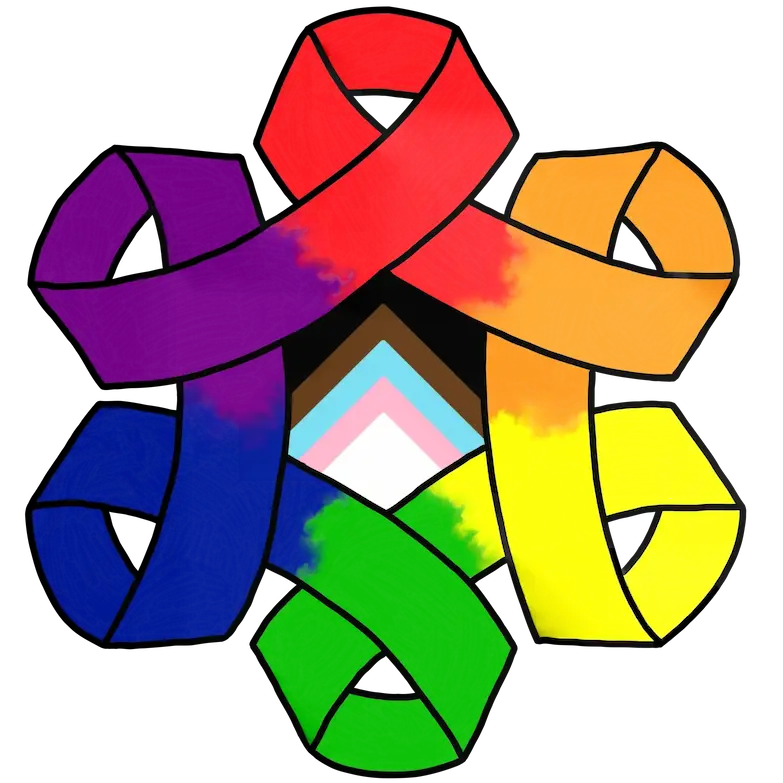
Open Aid Alliance - All services at Open Aid Alliance are conducted in a harm reduction framework, recognizing that drug use or high risk behavior of any kind is inherent among humans AND that we can take steps to reduce risk without judgement
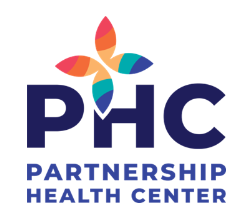
Partnership Health Center - a community health center, a place where everyone in our region can receive high-quality health care
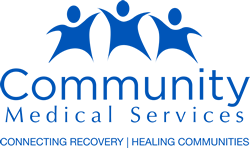
Community Medical Services Missoula is more than just the leading methadone clinic and drug addiction treatment center. We’ll meet you where you’re at, using evidence-based practices to treat your substance use disorder with medication assisted treatment (MAT) along with counseling and peer support services.
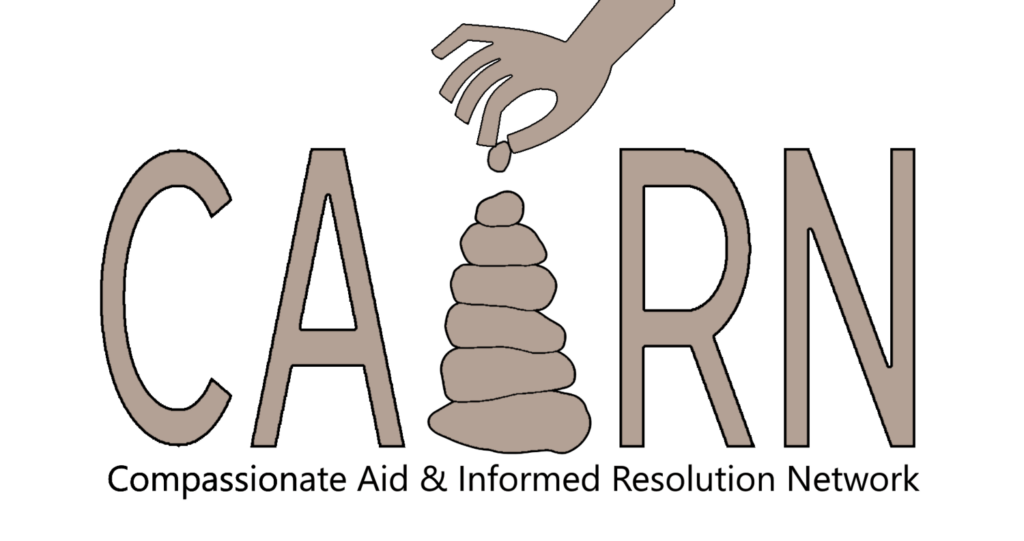
Students for Sensible Drug Policy (SSDP) - Missoula Chapter - A virtual platform to provide honest information about drugs, drug testing, legal status, and resources to the University of Montana student body.
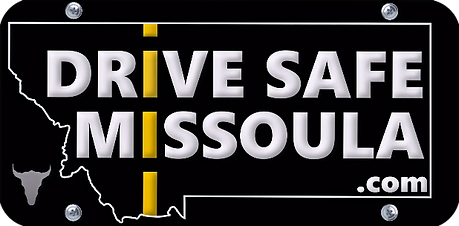
Drive Safe Missoula - Prevention of impaired driving and the promotion of safer roads

Ideal Option - Outpatient addiction medicine clinic in Missoula, Montana provides evidence-based treatment for addiction to opioids like fentanyl, heroin, and oxycodone, and stimulants like methamphetamine and cocaine. In addition, they also provide medication-assisted treatment for alcohol withdrawal and relapse prevention.

National Harm Reduction Coalition creates spaces for dialogue and action that help heal the harms caused by racialized drug policies.